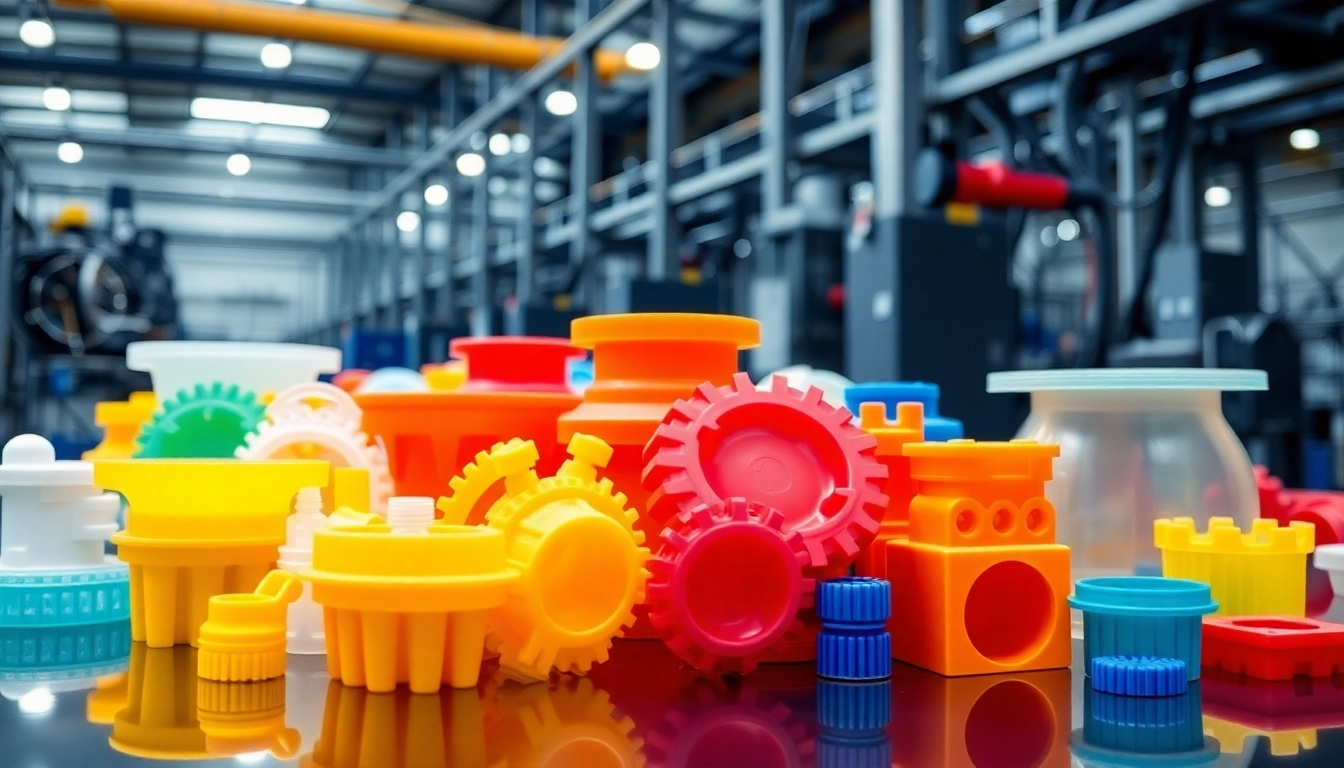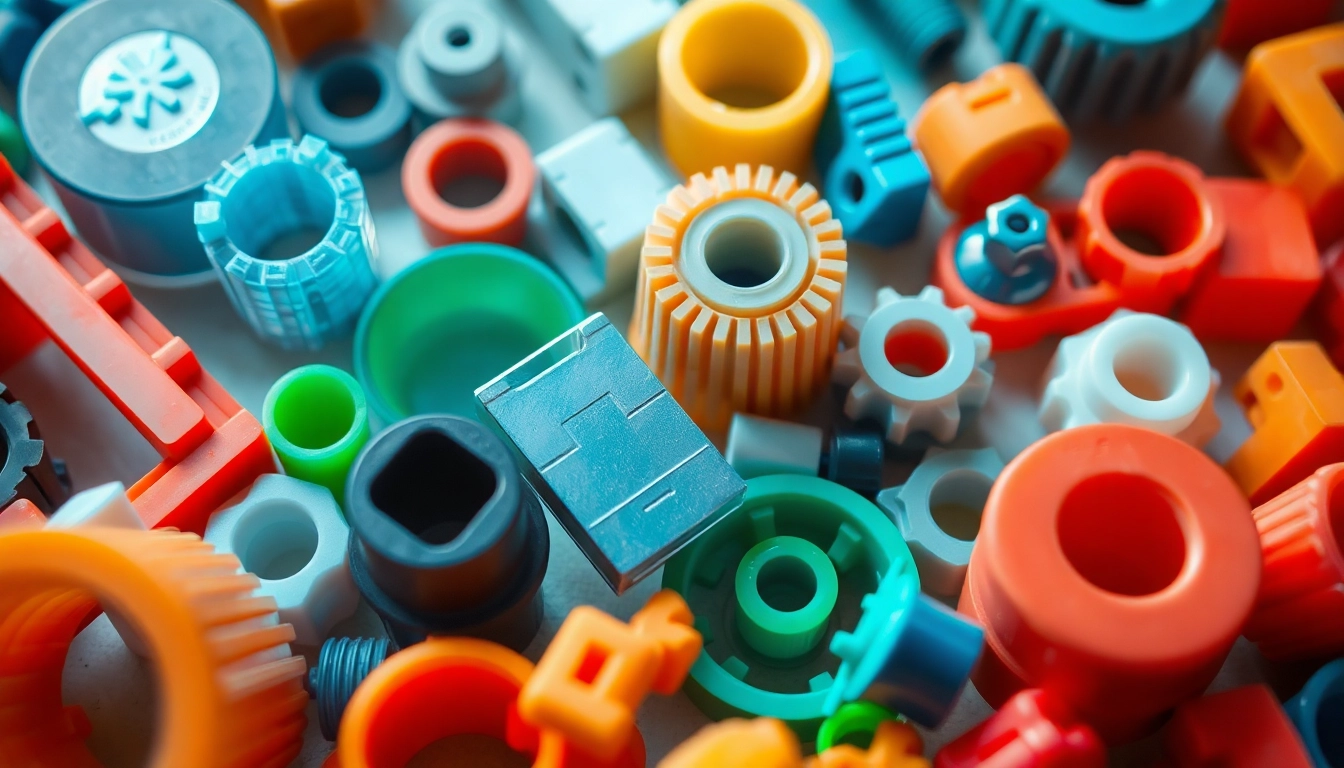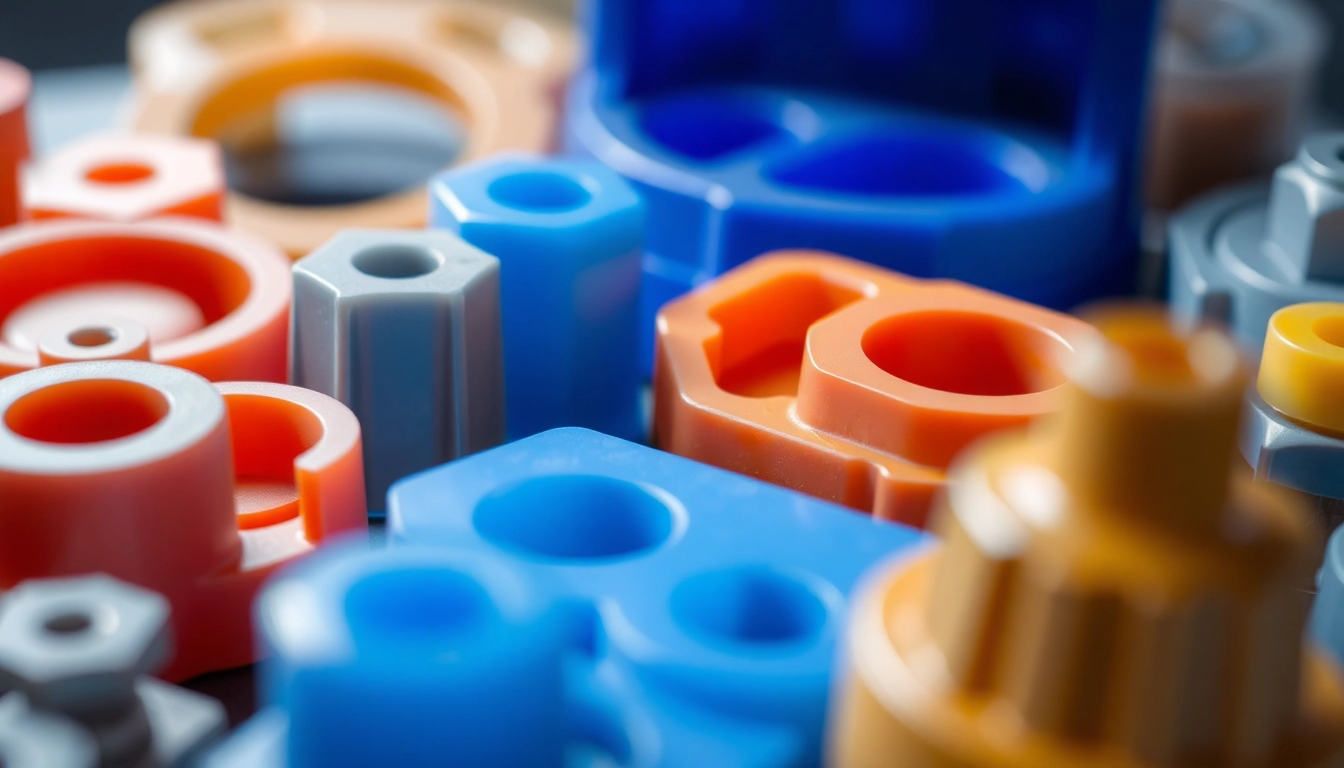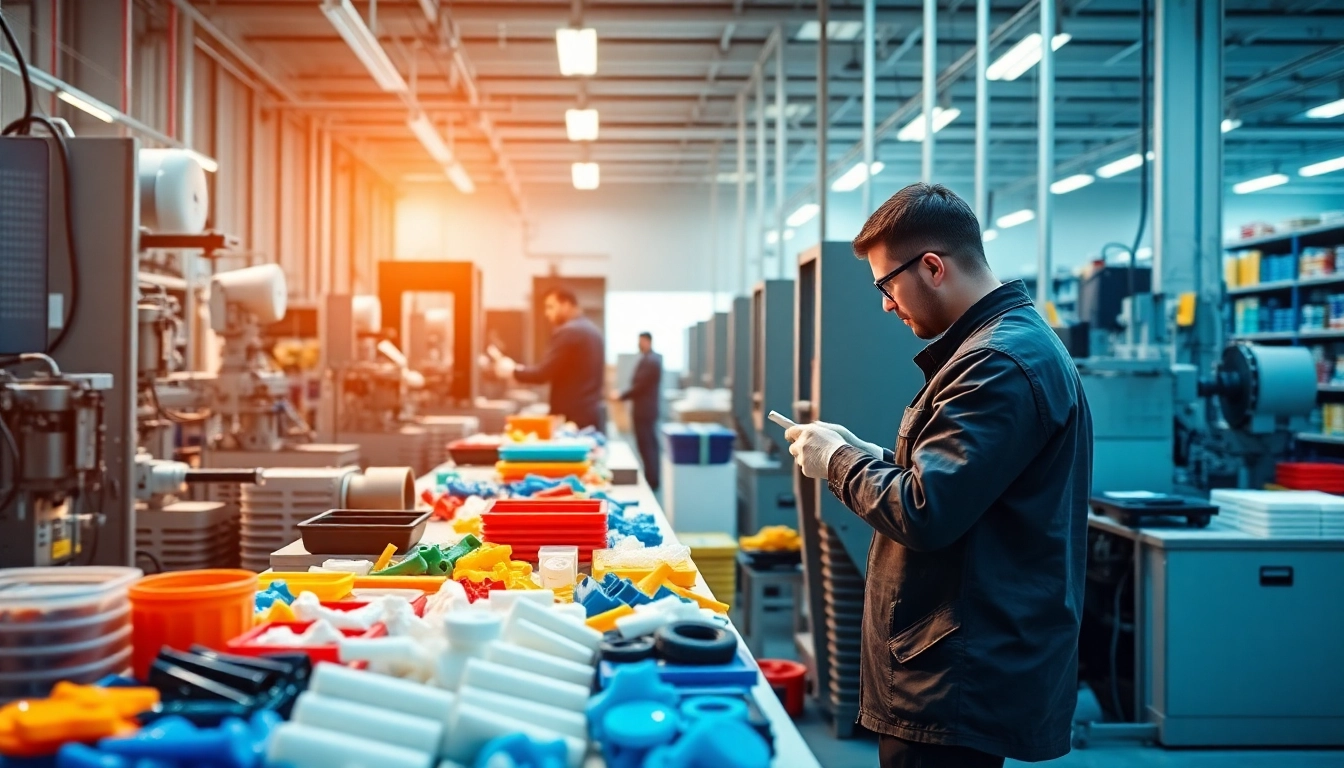Understanding Blow Moulded Plastic Parts
The demand for blow moulded plastic parts is increasing across various industries due to their versatile applications and cost-effectiveness. But what exactly are these parts, and what processes are involved in creating them? This article delves into the complexities of blow moulding to unravel its significance in modern manufacturing. For a detailed exploration of the various components and characteristics of blow moulded plastic parts, let’s first understand what blow moulding entails.
What Are Blow Moulded Plastic Parts?
Blow moulded plastic parts are hollow objects created using a specific manufacturing process known as blow moulding. This method involves inflating a heated thermoplastic within a mould to create a container or hollow shape. Common applications include bottles, tanks, and other hollow products used in packaging, automotive, and consumer goods.
Types of Blow Moulding Processes
There are three primary types of blow moulding processes:
- Extrusion Blow Moulding (EBM): In this method, a plastic parison is extruded and then inflated within a mould. EBM is widely used for manufacturing items such as bottles and containers.
- Injection Blow Moulding (IBM): This technique combines injection moulding and blow moulding. A preform is injected first, and then air is blown into the preform to shape it into the final product. It is typically used for high-precision parts.
- Injection Stretch Blow Moulding (ISBM): In ISBM, the preform is first stretched before the blowing process, allowing for the production of more robust and lightweight containers, often used for PET bottles.
Benefits of Using Blow Moulded Plastic Parts
Blow moulded parts offer several advantages, making them an attractive choice for manufacturers:
- Cost-Effectiveness: Due to the efficiency of the blow moulding process, production costs can be lower compared to alternative methods.
- Efficiency: The blow moulding process enables high production rates, which is essential for meeting demand in large-scale applications.
- Design Flexibility: Blow moulding allows for intricate designs while maintaining structural integrity, catering to diverse product needs.
- Material Utilization: This process minimizes waste, as the materials are typically reused or recycled, promoting sustainability in production.
Materials Used in Blow Moulding
The choice of materials is critical in blow moulding, as it directly affects the functionality, durability, and aesthetics of the final product. Understanding the specific characteristics of these materials paves the way for optimized performance in various applications.
Common Plastics for Blow Moulding
Several types of plastics are predominantly used in the blow moulding process:
- Polyethylene (PE): Available in high density (HDPE) and low density (LDPE), polyethylene is known for its flexibility, impact resistance, and chemical resistance.
- Polypropylene (PP): This material is prized for its lightweight nature and high resistance to chemicals and heat, making it ideal for automotive and packaging applications.
- Polyethylene Terephthalate (PET): PET is widely used for beverage containers due to its superior strength, temperature resistance, and recyclability.
- Polyvinyl Chloride (PVC): Known for its rigidity, PVC is used in a range of applications, including plumbing and insulation for electrical cables.
Properties of Popular Blow Moulding Materials
The choice of material influences various properties of the blow moulded plastic parts. Key properties to consider include:
- Strength: The tensile and impact strength of the plastic dictates its ability to withstand operational stress during use.
- Transparency: While some applications benefit from transparent materials, others require opaque finishes for branding or product protection.
- Temperature Resistance: For products exposed to heat, temperature resistance becomes critical in ensuring longevity and functionality.
- Weight: Reduced weight can significantly impact shipping costs and user convenience, particularly for consumer goods.
Choosing the Right Material for Your Application
Selecting the appropriate material involves a comprehensive understanding of the intended application. Factors to consider include the environmental impact, the desired aesthetic, and performance requirements. Consulting with material experts during the design phase can optimize material selection, enhancing performance while minimizing costs.
Blow Moulding Techniques and Technologies
The advances in blow moulding technologies have significantly enhanced productivity, efficiency, and innovation across various sectors. Understanding each technique’s nuances is crucial for leveraging these advancements effectively.
Extrusion Blow Moulding Processes
Extrusion blow moulding focuses on a continuous extrusion process, where a tubular shape known as a parison is formed and then inflated into a mould. This process is widely used for making bottles, large containers, and other hollow shapes due to its simplicity and cost-effectiveness.
Injection Blow Moulding: Pros and Cons
Injection blow moulding combines the precision of injection moulding with the flexibility of blow moulding:
- Pros:
- Enhanced dimensional accuracy and surface finish.
- Ability to create complex shapes that are difficult to achieve with other methods.
- Cons:
- Higher tooling costs due to the need for specialized moulds.
- Longer cycle times compared to extrusion processes, affecting productivity.
Innovations in Blow Moulding Technology
Recent technological advancements, including automation and smart monitoring systems, have revolutionized the blow moulding industry. These innovations enable manufacturers to:
- Enhance process efficiency by reducing cycle times and minimizing errors.
- Utilize real-time data to monitor production quality and optimize material usage.
- Implement sustainable practices by reducing waste through improved design capabilities.
Applications of Blow Moulded Plastic Parts
The versatility of blow moulded plastic parts has led to widespread usage across various sectors, including food and beverage, healthcare, automotive, and consumer goods. Understanding these applications highlights the vital role of blow moulding in modern manufacturing.
Industry-Specific Uses
Blow moulded parts are utilized in diverse industries:
- Food and Beverage: PET bottles and containers are common for packaging soft drinks, water, and other consumables.
- Automotive: Components like fuel tanks, air ducts, and body panels benefit from the lightweight and strong characteristics of blow moulded plastics.
- Healthcare: Medical devices, bottles for pharmaceutical products, and packaging use blow moulded parts ensuring safety and compliance with health standards.
Case Studies of Effective Blow Moulding
Industries adopting blow moulding have seen significant improvements in efficiency and product quality. For instance, a leading beverage manufacturer implemented advanced blow moulding techniques resulting in a 30% reduction in material usage and a significant decrease in production costs, while maintaining product integrity and consumer safety.
Future Trends in Blow Moulding Applications
As sustainability becomes a core focus in manufacturing, the trend towards recyclable and bio-based materials in blow moulding is becoming more pronounced. Additionally, technological advancements in 3D printing and automation are expected to further revolutionize the industry, allowing for customized production at unprecedented speeds.
Challenges and Solutions in Blow Moulding
While blow moulding represents an efficient method of production, it is not without its challenges. Addressing these obstacles is essential for maintaining high productivity and product quality.
Common Issues Faced in Production
Challenges in blow moulding include:
- Defects in Products: Issues such as thin-walled areas, uneven thickness, or shape distortion can compromise product quality.
- Downtime: Non-productive time due to machine failures or maintenance can impact overall productivity.
Quality Control Measures
To mitigate defects, implementing rigorous quality assurance practices is crucial. Manufacturers should employ techniques such as:
- Regularly scheduled maintenance to ensure equipment reliability.
- In-line inspection methods to monitor product quality throughout the manufacturing process.
- Material testing and validation to ensure compliance with industry standards.
Improving Efficiency in Blow Moulding Operations
Increasing efficiency can be achieved through continuous improvement practices that include:
- Training and Development: Investing in workforce training to enhance skills and knowledge related to blow moulding processes.
- Lean Manufacturing Principles: Applying lean methodologies can streamline operations, reduce waste, and optimize resource utilization.
- Embracing Automation: Implementing automated systems can enhance production speed, reduce errors, and improve workplace safety.



